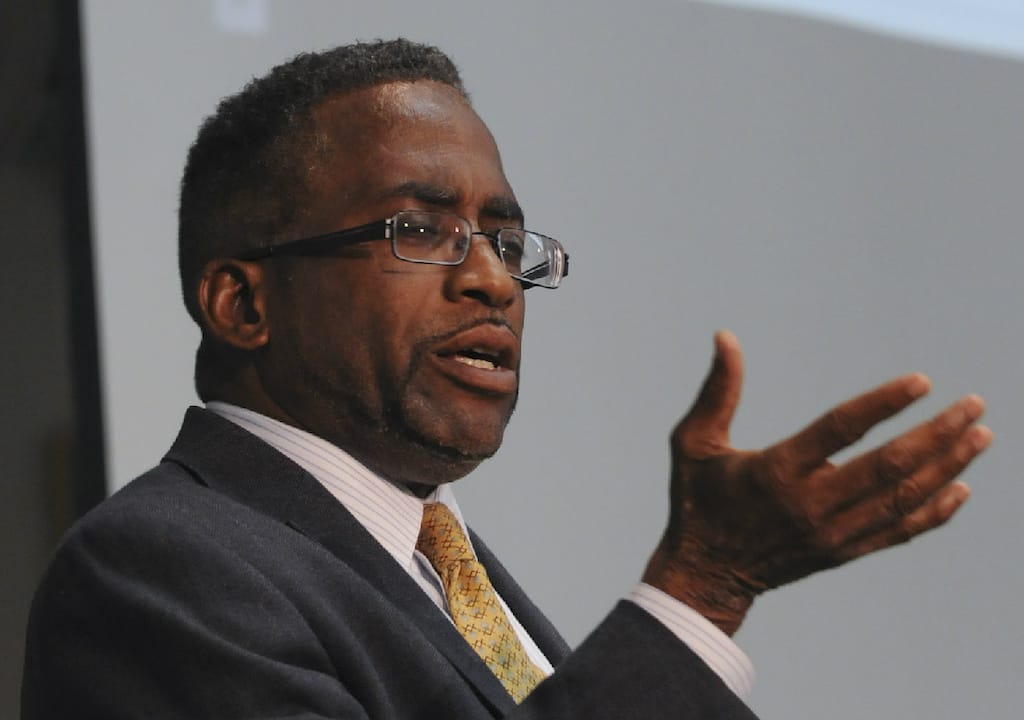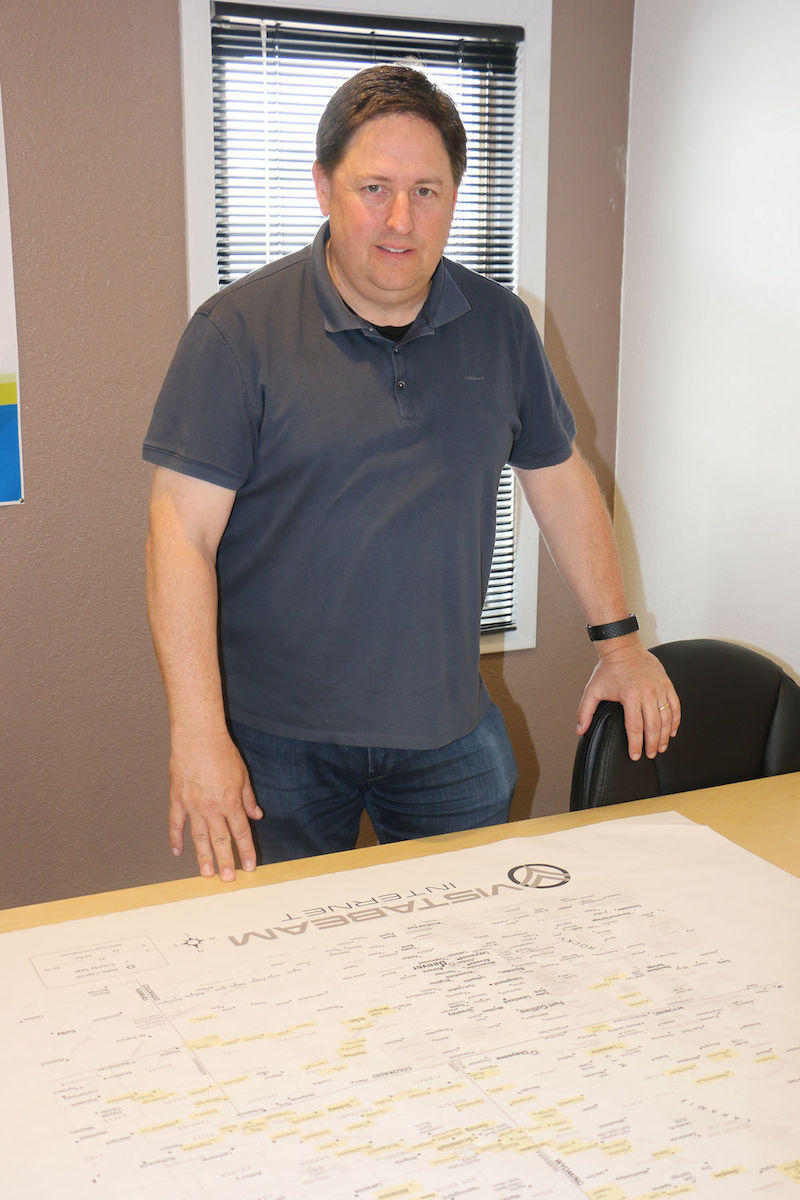Craig Settles: The Role of Telehealth in States’ Broadband Plans
Communities need a strong human element for telehealth to succeed, so digital navigators are key to the team.
Craig Settles

Telehealth visits were estimated to account for fewer than 1 percent of all outpatient visits before 2020. Then COVID hit. Telehealth use was off the chain!
U.S. Census Bureau Household Pulse Survey data revealed 22% of the U.S. population used telehealth services in 2022. As the 60s ad said, “You’ve come a long way, baby!” Much of the general public is now familiar with the basic virtual doctor visit.
But are state and local broadband teams on board with using telehealth to drive broadband adoption? Here are three pilot programs that address urban social determinants of health (Chattanooga Tenn.), family mental health delivery (Kansas City, Missouri), and a developing digital equity ecosystem that includes telehealth (Torrington, Wyomin). These pilots offer valuable lessons in driving ACP enrollments.
Much of digital health requires broadband infrastructure and computing devices. “When one looks at healthcare and technologies in the App Store today, there are over 400,000 healthcare-related apps, not to mention content items available on the Web” said Equiva CEO and Co-Founder Nir Altman.
Accepting that telehealth is one logical path to broadband adoption, pilot projects are one method for verify the impact on broadband adoption.
Chattanooga pushes the envelope – again
Chattanooga and their urban broadband network are a booming success story, and they are moving to the next level by distributing 1,000 free telehealth accounts in a pilot to impact the social determinants of health one of most economically blighted area in the city.

Digital equity meeting at the Enterprise Center in Chattanooga
“Our pilot project is bringing a variety of resources to a beautiful but under-resourced neighborhood called Orchard Knob,” said Deb Socia, president and CEO of the Enterprise Center, a nonprofit that works at the intersection of technology and inequality. “The neighborhood has high levels of diabetes, stroke, heart disease, asthma. We’re providing home Internet access, digital skills training, and devices.” Some homes are getting energy upgrades and smart thermostats.”
Many Orchard Knob residents work but not at jobs that offer medical insurance, and they earn too much to qualify for the state’s health programs. It will be difficult for residents to mitigate the negative effects of the without telehealth.
The city-owned electric power board, EPB, is critical to success. EPB was part of planning from the beginning, they contributed funding, they will power the telehealth accounts, and EPB is building out free WiFi in public spaces.
The Enterprise Center received a Tennessee Valley Authority award, and their healthcare partner is the Parkridge Medical System.
Eight steps to the pilot
Essential Families is a 501(c)3 nonprofit that conducted a telehealth pilot in one of the poorest communities in Kansas City, MO with stellar results. They delivered mental healthcare for families and also virtual parent education that enhanced parenting skills.
Their pilot has eight steps, starting with:
Step 1. Developing a database of residents who could potentially use telehealth and broadband. 69 homes participated in the pilot.
Steps 2 and 3. Their Chief of Digital Marketing, Kenneth Yancy, said, “We had to go directly to the people to educate them about FCC’s Affordable Connectivity Program (ACP). Our partners such as the school district and childcare providers were part of the needs analysis process.”
Step 4 When residents registered for the pilot and completed their forms, Essential Families gave them free laptops. The incentive motivated residents to provide data that is difficult for government agencies to collect.
Step 5. Each participant was assigned a digital navigator who walked the family through the processes leading to telehealth services, including enrolling with ACP and training for the video streaming platform, computer, and Internet.
Step 6. A minimum of 15 virtual parental education sessions and six mental healthcare services.
Step 7. An extensive follow up by the additional navigator.
Step 8 The pilot evaluation report that is helped significantly by the electronic and manual tools that execute various real-time assessments, impacts, and cost/benefits analysis.
Rural telehealth
Wireless ISP Vistabeam launched their first Empowerment Center in Torrington, Wyoming. The Center offers ACP enrollment help, digital skills training, video conferencing, and Microsoft delivers digital skill programs.

Matt Larson, owner of Vistabeam
“A fulltime digital navigator is on-site, and we are working with a telehealth company to pilot a home test suite that includes an oximeter, blood pressure monitor, and blood testing,” says Matt Larson, owner of Vistabeam. “The device will be part of the Center’s telehealth capabilities, along with remote doctor visits.”
Rural communities need a strong human element for telehealth to succeed, so digital navigators are key elements of the team. The Center draws people in by emphasizing familiarity, knowledge, no pressure, and exploration.
Larson believes digital equity is just one component of a giant ecosystem of social services to help take care of people. However, there can be a lack of coordination between many of these resources. Effectively coordinating these resources is the way to get maximum collective impact from the ecosystem. The Center staff connects people with complementary social services and other resources.
The quality of broadband infrastructure is key to telehealth success – it cannot fail customers! “The soul of a broadband deployment is in that relationship between an ISP and the customer,” says Larson.
Piloting innovation
Communities need to understand that telehealth is not connections just between doctors and patients. “It’s not up to the patient alone, but also loved ones and care providers in a collaboration that occurs in the care process,” said Altman. “There are many supports groups such as the Cancer Support Community that supports hundreds of thousands of patients and loved ones.”
The broadband infrastructure supporting telehealth should pilot test these many-to-many connections and resources to be sure they are supported. Pilots should include tools that enables patients, urban and rural activists, and communities to do their own healthcare needs assessment as well.
Jason Welch, Infiniti Mobile president said, “By expanding the ecosystem beyond broadband and telehealth providers to include healthcare organizations themselves, there’s a unique opportunity to educate the patient. ‘Here’s your device and software, and here’s how you maximize the value of their use.’”
If a city’s telehealth pilot is driven by the creation orientation, a community builds or invents things that didn’t exist before. With the creation orientation, you reduce tunnel vision because you’re always pushing the envelope of innovation.
Craig Settles conducts needs analyses, planning, and grant assessments with community stakeholders who want broadband networks and telehealth to improve economic development, healthcare, education and local government. This piece is exclusive to Broadband Breakfast.
Broadband Breakfast accepts commentary from informed observers of the broadband scene. Please send pieces to commentary@breakfast.media. The views expressed in Expert Opinion pieces do not necessarily reflect the views of Broadband Breakfast and Breakfast Media LLC.








